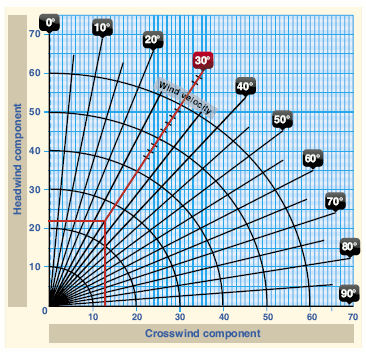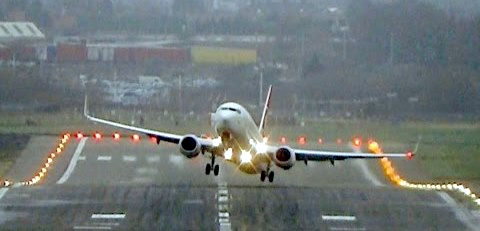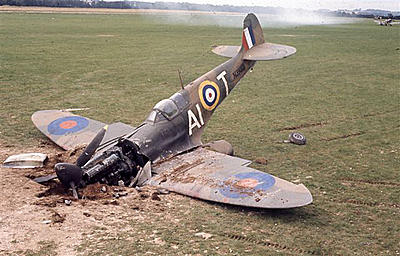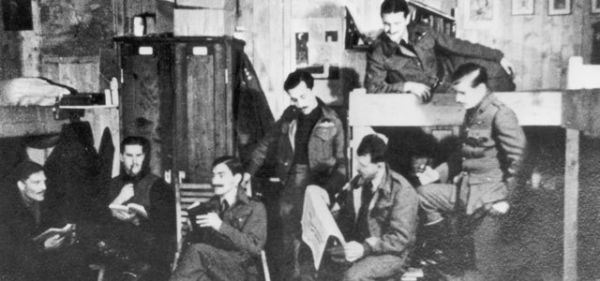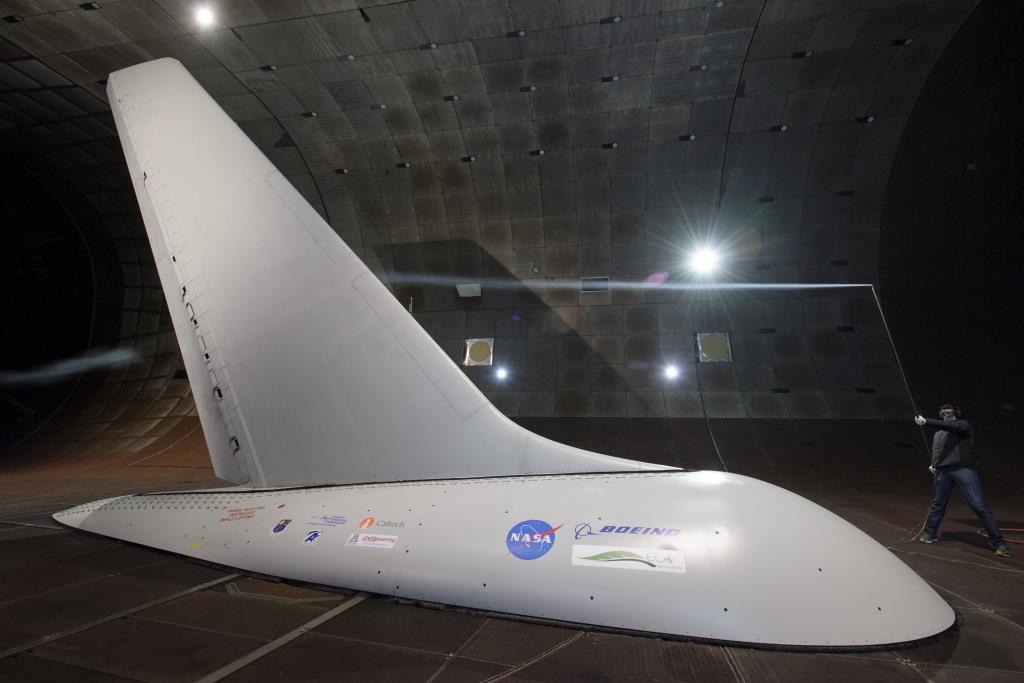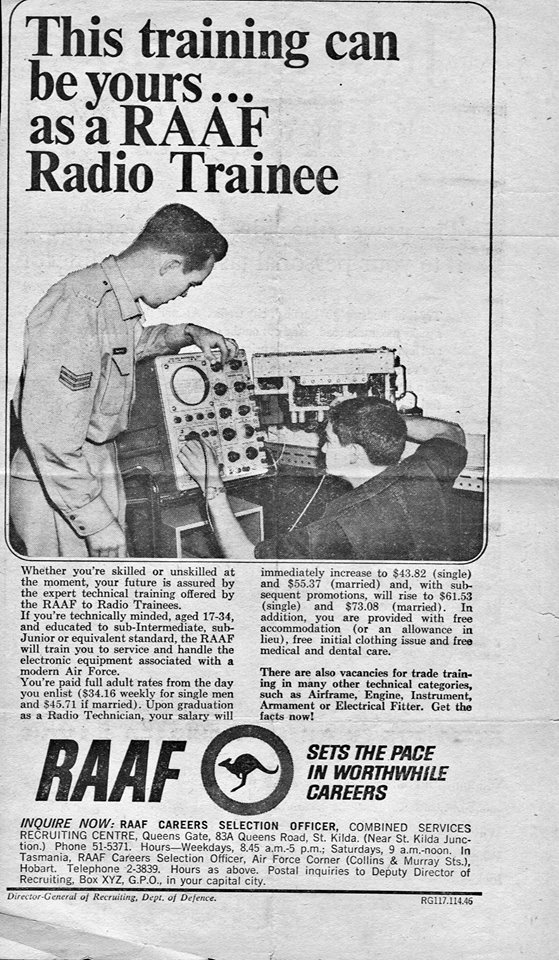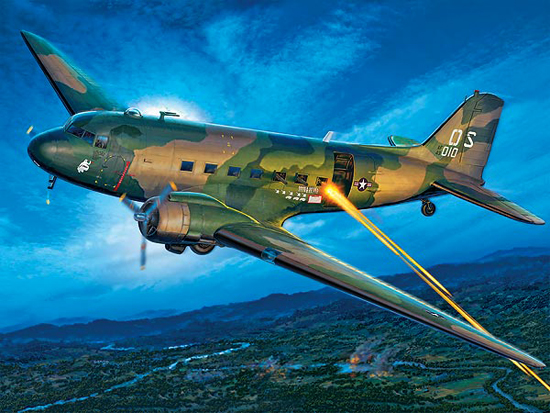|
|
||
|
||
|
Privacy Policy | Editorial Policy | Profit Policy | Join the Association | List of Members | Contact us | Index | Links |
||
|
Back Go to page: 1 2 3 4 5 6 7 8 9 10 11 12 13 14 15 16 17 18 19 20 Forward
|
||
|
Allan George’s Gems.
|
||
|
|
||
|
Anzac Portal brings Australia's war history to life.
The Minister for Veterans’ Affairs, Mr Dan Tehan, encouraged Australians to visit The Anzac Portal website after a recent renovation. The Anzac Portal website at http://www.anzacportal.dva.gov.au/ aims to promote awareness of Australia’s wartime history. It now contains information and educational resources spanning campaigns from the First World War to contemporary military and peacekeeping operations.
“The Anzac Portal is part of the Australian Government’s ongoing commitment to honour the service and sacrifice of the men and women who have served in defence of our nation,” Mr Tehan said. “The website is a free, dedicated resource that all Australians can use to gain a better understanding of our wartime history through an extensive range of educational resources. It has been developed by the Department of Veterans’ Affairs for teachers and students, and is aligned with the Australian Curriculum.
“It is constantly being updated with personal interviews with veterans complemented by images from the Australia War Memorial’s collection and personal collections.” Eight Departmental commemorative websites have been consolidated into the single Anzac Portal to provide a single, central location for information on Australian war history.
It also contains resources for anyone planning events during the Anzac Centenary, including posters and wartime snapshots, veterans’ stories and publications relevant to various commemorations, music downloads and sample commemorative speeches. The portal is compatible with multiple devices and browsers.
You can see it HERE
|
||
|
Rare German Luftwaffe photos.
Click the pic below to see some rare photos of young German blokes and their flying machines. When you see photos of these blokes you wonder what the hell that war was all about, apart from the nutters, most combatants were just fit young blokes like you and I were once, the vast majority of them didn’t want to die, they had mums and dads, they felt the cold, they made friends, they worked hard during the day, chased a few girls at night, followed the footy, enjoyed a beer or two and were as scared as hell when shot at.
|
||
|
War is so stupid!
|
||
|
|
||
|
Eclipse of the Sun.
On the 22nd August, the moon moved over the face of the sun, causing an eclipse which could be seen by millions of people in a 4,000 km long, 115 km wide corridor across the US. The moon blotted out the sun, caused a small drop in temperature and turned daylight into twilight. It is expected to be the most observed and most photographed eclipse in history.
See HERE
|
||
|
The Great Pyramid.
Graham Hancock is a British writer and reporter. Hancock specialises in unscientific theories[involving ancient civilisations, stone monuments or megaliths, altered states of consciousness, ancient myths and astronomical and astrological data from the past. He describes himself as an "unconventional thinker who raises controversial questions about humanity’s past."
One of the main themes running through many of his books is a global connection with a "mother culture" from which he believes all ancient historical civilisations sprang. His work has neither been peer reviewed nor published in academic journals.
He has worked for many British papers, such as The Times, The Sunday Times, The Independent, and The Guardian. He co-edited New Internationalist magazine from 1976 to 1979, and served as the East Africa correspondent of The Economist from 1981 to 1983.
He has an interesting take on the big pyramid - see the video below.
|
||
|
|
||
|
Why do planes abort a landing and what happens?
Pilots will normally abort a landing for 3 reasons:
There you are, all ready for the landing, seat belts on, tray table folded away, arm-rests down, blinds up. The approach is smooth, the weather clear. Down, down, down you come. At five hundred feet or so you can clearly see cars and trucks, see into the back yards of people “lucky enough” to live under the approach to an airport, touchdown is only seconds away. Then, without warning, the engines roar, the aircraft pitches up sharply and begins to climb, groaning and shuddering as the landing gear retracts and the flaps are reset. The ground falls away; the plane banks sharply. You grip the armrest. What the hell is happening?
A long minute later, the PA crackles and the captain speaks. “As you’re aware,” he says, “We had to abandon our approach and make another circuit. We’re circling back around for another approach and will be on the ground in about ten minutes.” If you fly enough, you may have experienced this scenario one or more times. The manoeuvre is called a go-around, and it holds a special place in the fearful flyer’s pantheon of worries.
The truth, though, is pretty boring, go-arounds are fairly common and seldom the result of anything dangerous. In most cases it’s a minor spacing issue, controllers aren’t able to maintain the required separation parameters or the aircraft ahead has not yet vacated the runway. Not an ideal situation, but not a proverbial near miss. The reason you’re going around is to prevent one. Actual instances where a collision is narrowly averted do occur, but they are exceptionally rare.
Other times traffic has nothing to do with it. A variant of the go-around, spoken of somewhat interchangeably, is the “missed approach,” when a plane pulls off the same basic manoeuvre for weather-related reasons. If, in the course of an instrument approach, visibility drops below a prescribed value (the minima) or the plane has not made visual contact with the runway upon reaching the minimum allowable altitude, the crew must climb away (often followed by a diversion to an alternate airport). A go-around will also be initiated any time an approach becomes unstable. Glidepath deviations, a too-high rate-of-descent, a windshear alarm, severe crosswinds, any of these may trigger one.
As for the steepness or suddenness of the climb, that is the manner in which any go-around is executed. There’s no need to dilly-dally around at low altitude. The safest direction is up, as far from the ground as you can — as quickly as practical. The abrupt transition from a gentle descent to a rapid climb might be noisy and jarring, but it’s perfectly natural for an airplane.
And when you finally do hear from the cockpit, the explanation is liable to be brief and maybe not as enlightening as it could be. The reality is, pilots and microphones aren’t always a good mix. To avoid technical jargon and simplify complicated situations, pilots have a tendency for scary-sounding misrepresentation. Granted passengers do not need a full explanation on the nuances of ATC spacing restrictions or approach visibility minimums, but statements like, “We were a little too close to that plane ahead,” paint a misleading, if not terrifying picture. Later that night, passengers are emailing their loved ones with a tale of near-death, whereas the pilots have probably forgotten about it.
Although the manoeuvre can feel abrupt and can be frightening to nervous flyers, it’s perfectly natural for an airplane and perfectly safe. Pilots train and practise these types of approaches constantly.
So, what’s a Windshear?? This is the term given to a change in wind direction and speed. It is a microscale meteorological phenomenon occurring over a very small distance and can be associated with weather features such as squall lines and/or cold fronts. It is also commonly observed near thunderstorms. Some amount of wind shear is always present in the atmosphere and is quite normal, but it is the rapid change in speed and/or direction over a very short distance and at low altitude that causes a problem for aircraft. There are two types, one will be a rapid increase in airspeed, the other will be a rapid decrease in airspeed. Both can cause very real problems and in some airlines, any change in airspeed greater than 15 knots demands a go around.
Cross winds are another thing altogether. When winds are not parallel to or directly with/against the line of travel, (runway heading) the wind is said to have a crosswind component; that is, the force can be separated into two vector components:
The crosswind component is computed by multiplying the wind speed by the sine of the angle between the wind and the direction of travel while the headwind component is computed in the same manner, using cosine instead of sine.
For example, a 10 knot wind coming at 45 degrees from either side will have a crosswind component of 10 knots × sin(45°) and a head/tailwind component of 10 knots × cos(45°), both equals to 7.07 knots.
To determine the crosswind component in aviation, aviators frequently refer to a nomograph chart on which the wind speed and angle are plotted, and the crosswind component is read from a reference line.
It can sometimes be too windy to take-off or land! The limitations are in place for the safety of the passengers and crew. The maximum wind limits for commercial aircraft depend on the aircraft, airport and the direction of the wind compared to the direction of the take-off or landing. For take off and landing, aircraft have different limitations, and these are again split up into dry, wet or contaminated runway limitations. A contaminated runway is where there is snow, ice or standing water on the runway.
The limits are split up into:
Aircraft want to take off and land into a headwind as this reduces the distance they require to get airborne or distance need to bring the aircraft to a stop. If an aircraft is standing still on the runway, and has a headwind component of 20kts, that’s 20kts of air flowing over the wing and therefore giving the aircraft an airspeed of 20kts, even though it’s not moving. If it has a take off speed of 140kts, the aircraft’s ground speed would only need to be 120kts to get airborne because it already has 20kts of airspeed from the wind.
On a dry runway, a Boeing 737-800 has a maximum allowable crosswind component of approximately 33kts. For taking off on a wet runway it’s about 27kts. The actual figure might be slightly above or below this because the airline can choose to set its own more/less restrictive value if it wishes. If the cross wind component was greater than this, the aircraft might have an option to choose another runway which is more into wind, but in the case of a single runway airport, it wouldn’t be able to depart. If there is a cross wind, the Tower controller will give the aircraft the crosswind component with his landing clearance. A DC-3’s crosswind component limit is 13 knots.
There is no headwind limitation for most commercial aircraft for take off, and therefore there is no maximum overall limit for take off (or landing). If there was a 100mph wind, all of which was a headwind component, in theory the aircraft wouldn’t be restricted from taking off, however the reality is that there are wind limits for opening and closing the aircraft doors (around 45kts) and no pilots would attempt to taxi and depart in such conditions. The airport would have closed in such circumstances anyway!
The maximum allowable tailwind value is usually between 10-15kts. Tailwinds are easy to avoid at most airports, as you simply take off in the other direction, the headwind has now become a tailwind. Tailwind has the opposite effects of a headwind, increasing the runway distance needed to take off and land, however at some airfields, it’s actually better to accept a tailwind on one runway rather than a headwind on another because of potential terrain issues.
Birmingham Airport, which is located in central England, 105 miles northwest of London, is renowned for its crosswinds. A year or so back, its runway was extended by 400 meters (1,312 feet). This was not only to give pilots a little more breathing room for landing, but it allowed bigger aircraft such as the Airbus A380 to serve the airport.
Of course, the runway extension didn’t have any effect on the savage winds.
CLick the pic below to see some amazing arrivals and departures - definitely not the time to lose an engine!!!.
|
||
|
A lawyer, who had a wife and 12 children, needed to move because his rental agreement was terminated by the owner who wanted to reoccupy the home. But he was having a lot of difficulty finding a new house. When he said he had 12 children, no one would rent a home to him because they felt that the children would destroy the place. He couldn't say he had no children, because he couldn't lie -- we all know lawyers cannot and do not lie. So, he sent his wife for a walk to the cemetery with 11 of their kids. He took the remaining one with him to see rental homes with the real estate agent. He loved one of the homes and the price was right -- the agent asked: "How many children do you have? He answered: "Twelve." The agent asked "Where are the others?" The lawyer, with his best courtroom sad look answered "They're in the cemetery with their mother."
MORAL: It's not necessary to lie, one only needs to choose the right words… and don't forget, most politicians are lawyers.
|
||
|
Monopoly.
Starting in 1940, an increasing number of British and Canadian Airmen found themselves as the involuntary guests of the Third Reich and the Crown was casting about for ways and means to facilitate their escape...
Now obviously, one of the most helpful aids to that end is a useful and accurate map. Paper maps had some real drawbacks -- they make a lot of noise when you open and fold them, they wear out rapidly, and if they get wet, they turn into mush.
Someone in MI-5 got the idea of printing escape maps on silk, it's durable, can be scrunched-up into tiny wads and unfolded as many times as needed and makes no noise whatsoever.
At that time, there was only one manufacturer in Great Britain that had perfected the technology of printing on silk and that was John Waddington Ltd. When approached by the government, the firm was only too happy to do its bit for the war effort. |
||
|
|
||
| By pure coincidence, Waddington was also the U.K. Licensee for the popular American board game Monopoly. As it happened, 'games and pastimes' was a category of item qualified for mailing to prisoners.
Under the strictest of secrecy, in a securely guarded and inaccessible old workshop on the grounds of Waddington's, a group of sworn-to-secrecy employees began mass-producing escape maps, keyed to each region of Germany, Italy, France or where ever Allied POW camps were located. When processed, these maps could be folded into such tiny dots that they would actually fit inside a Monopoly playing piece.
And while they were at it, the clever workmen at Waddington's also managed to add:
British and American air crews were advised, before taking off on their first mission, how to identify a 'rigged' Monopoly set – by means of a tiny red dot, one cleverly rigged to look like an ordinary printing glitch, located in the corner of the Free Parking square.
Of the estimated 35,000 Allied POWS who successfully escaped, some were aided in their flight by the rigged Monopoly sets. Everyone who did so was sworn to secrecy indefinitely, since the British Government might want to use this highly successful ruse in still another, future war.
The surviving craftsmen from Waddington's, as well as the firm itself, were finally honoured in a public ceremony. Contrary to popular belief, none of the “games” were delivered to the POW’s by the Red Cross, they were always sent via private, often fictitious, organisations like the Licensed Victuallers Prisoner Relief Fund. No escape aids were enclosed in the Red Cross parcels so that the Germans would have no justification for stopping these much needed parcels from reaching the prisoners.
|
||
|
After being married for 50 years, I took a careful look at my wife one day and said, "Fifty years ago we had a cheap house, a junk car, slept on a sofa bed and watched a 10-inch black and white TV, but I got to sleep every night with a hot 23-year-old girl. "Now ... I have a $750,000 home, a $45,000 car, a nice big bed and a large screen TV, but I'm sleeping with a 73-year-old woman. It seems to me that you're not holding up your side of things." My wife is a very reasonable woman. She told me to go out and find a hot 23-year-old girl and she would make sure that I would once again be living in a cheap house, driving a junk car, sleeping on a sofa bed and watching a 10-inch black and white TV.
Aren't older women great? They really know how to solve an old guy's problems!
|
||
|
Make your bed!
Admiral William H McRaven, who came up through the ranks in the SEALS branch of the US Navy, gave the Commencement Address at the University of Texas back in 2014. It is definitely worth watching.
|
||
|
|
||
|
Steve Jobs did not invent the iPhone. Brian Merhant.
An important lesson in innovation—and teamwork—on the 10th birthday of the most popular product of all time.
The iPhone turned 10 years old in June 2017, and if you were anywhere near a magazine, newspaper, or screen—swipeable or otherwise—you probably saw a story or nine celebrating its advent. That story would likely run alongside an image of one man in particular. There he is, Steve Jobs on stage at the Moscone Centre in San Francisco. Steve Jobs with an aluminum-backed rectangle in his palm. Steve Jobs handing the iPhone down unto the world.
The narrative is clear: Steve Jobs gave us the iPhone, which, at over 1.2 billion units sold, has become the single best selling product of all time. But that narrative also happens to be rather flawed, even misleading. And that’s well worth noting, all these years after the iPhone was set upon its trajectory for world domination—because Steve Jobs did not invent the iPhone.
Rarely is it worth going to the trouble to point out that someone did not invent something. ‘Brian Merchant did not invent the Cuisinart’ is a headline that is unlikely to generate much interest anywhere, ever, even inside the whirring world of Cuisinart aficionados. So why pick on Steve Jobs? Why the iPhone? Because the myth is becoming inextricable from the man. Jobs may have never claimed outright that he alone invented the one device—though he did seem to insist on putting his name first on many of its patents—but history is beginning to conflate the art of invention with CEOship, marketing prowess with innovation.
Think back to those photos of the iPhone. There are few, if any, images of the team(s) of impossibly hard-working designers, engineers, and hardware hackers who deserve the lion’s share of the credit for bringing it to life. We are being encouraged to believe a version of a myth that has been promulgated for decades, if not centuries: The myth of the sole, or lone, inventor.
At least since Edison—and probably since Newton and beyond—the public has accepted the narratives of great men with great ideas, overcoming adversity and uncertainty to transform the world with the invention of the light bulb, the telephone, the iPhone. This isn’t anyone’s fault, and everyone’s guilty; our brains just tidily compute such appealing narratives, suffused as they are with moral rectitude and justified outcomes.
But in a research paper published in 2012, the renowned patent scholar and Stanford professor Mark Lemley found that the vast majority of inventions were achieved not just by people working in teams, but often simultaneously, by different teams, even sometimes working in different parts of the world. Ideas are truly “in the air” as he says.
We now know, for instance, that Edison most certainly did not invent the lightbulb, he simply perfected it as a consumer product. His team found the ideal bamboo filament that made his bulb’s glow much more appealing than the competition. And even then, Edison manned a large lab staffed by brilliant researchers; but who remembers a name besides Edison’s when we think of the bulb, going off, signifying the spark of a new idea?
So it is with Steve Jobs and the iPhone. In fact, some of the parallels are almost eerie. There was work being done on smartphone products at least a decade and a half before the iPhone was launched—Frank Canova Jr. built the IBM Simon, which was a large black rectangle thing with touch-screen buttons, apps, and a web browser. Sound familiar? It should, but it was launched in 1993 and it flopped. It was ahead of its time, and the technology wasn’t ready.
What Jobs did at Apple with the iPhone was take a smattering of percolating technologies, and drove his team to integrate them in a way never executed so elegantly before. The key word is “team”; the iPhone, in fact, grew out of a series of clandestine meetings, under even Jobs’ radar, in the bowels of Apple’s 2 Infinite Loop building, where designers, user interface experts, and hardware engineers experimented with a collection of technologies until they’d come up with the set of demos that would form the core of the iPhone experience: Multitouch finger sensors married to custom Apple software that would bring the pixels to dance underneath your fingers.
Bas Ording, Imran Chaudhri, Greg Christie, Brian Huppi, Josh Strickon, any of those names ring a bell? Probably not, yet they’re the forefathers of the iPhone. They prototyped what would become the “one device” long before Steve Jobs even had a whiff of its existence. And then a whole slew of software engineers, Scott Herz, Richard Williamson, Nitin Ganatra, Andy Grignon and so on, organized by product manager Kim Vorrath, took those experiments and built the world’s most stealthy mobile computer around it. And then a crack team of hardware engineers, including David Tupman, Michael Culbert, and—okay, you’re getting the point. There’s a small city worth of people who contributed to the iPhone, who made it tick, who unfurled its innovations, who designed the most popular software interface of all time, who made it sing on a tiny handheld device. And that is to say nothing of the miners, laborers, and manufacturers who collect and convert the raw materials into tiny components and finished products around the globe.
Steve Jobs made crucial decisions. His business manoeuvrings—especially absorbing info from the carriers and then winning near-total freedom to build his iPhone any way he liked, and winning favourable contract terms—and his aesthetic tastes in the space were unparalleled. He deserves a lot of credit. Just nowhere near all of it.
“The thing that concerns me about the Steve Jobs and Edison complex,” Bill Buxton (right), a Microsoft computer scientist, who helped pioneer multitouch in the 1980s (Jobs said Apple invented it in 2007), said, “is that young people who are being trained as innovators or designers are being sold the Edison myth, the genius designer, the great innovator, the Steve Jobs, the Bill Gates, or whatever,” Buxton says. "The current myth of the founder-hero is partly to blame for steering companies like Uber into peril. They’re never being taught the notion of the collective, the team, the history.”
Which is why it is painful to see the story of the iPhone reduced to Jobs, brilliant as he may have been. The true version is more intense, messy, convoluted—and human. And it’s not just a matter of doling out credit, either; it’s a matter of understanding how innovation actually happens, so we might facilitate it better in the future. There are lessons here for anyone who might try to build a product, advance a technology, stir progress—or understand how innovation really unfurls. The iPhone is the product of a collaboration carried out on a scale that’s so massive it can seem almost incomprehensible—but it makes more sense than the lone inventor myth. And we can learn more about where we're headed if we look into the iPhone's black mirror and try to see the huge host of faces reflected back—not just Steve Jobs'.
|
||
|
How can a slim chance and a fat chance be the same, while a wise man and a wise guy are opposites? You have to marvel at the unique lunacy of a language in which your house can burn up as it burns down, in which you fill in a form by filling it out and in which an alarm goes off by going on.
|
||
|
Ok - how does this work?? |
||
|
|
||
|
Nuclear Energy – what is it?
Nuclear energy is the energy held in the nucleus of an atom; it can be obtained through two types of reactions - fission and fusion. (See HERE)
Nuclear fission produces energy through the splitting of atoms, which releases heat energy that can generate steam and then be used to turn a turbine to produce electricity. All of today’s nuclear plants use fission to generate electricity. The fuel most commonly used for fission is uranium, although additional elements such as plutonium or thorium can be used.
|
||
|
|
||
|
Nuclear fusion is a nuclear reaction in which two or more atomic nuclei collide at a very high speed and join to form a new type of atomic nucleus. During this process, matter is not conserved because some of the matter of the fusing nuclei is converted into photons, which produces usable energy. This process is what allows the sun and stars to give off energy. Fusion power offers the prospect of an almost inexhaustible source of energy for future generations; however, creating the conditions for nuclear fusion presents a potentially insurmountable scientific and engineering challenge. A recent experiment has shown that nuclear fusion can be achieved, however, it has not yet been successfully demonstrated on a commercial scale.
Today, nuclear power plants account for 11% of global electricity generation with about 80% of that installed capacity being in OECD countries. All of this capacity is nuclear fission.
Nuclear energy, through fission, can release 1 million times more energy per atom than fossil fuels. It can also be integrated into electricity grids, which currently utilize fossil fuel generation, with few changes to existing infrastructure.
Nuclear has large power-generating capacity and low operating costs, making it ideal for base load generation. However, up-front capital costs are intensive and present financial risk to investors given the extended time frames power plants must operate to recuperate their costs.
Nuclear energy does not emit greenhouse gas emissions. For this reason, it is often seen as a substitute for fossil fuel energy generation and a solution for mitigating climate change.
However, nuclear fission has a wide variety of environmental and health issues associated with electricity generation. The largest concern is the generation of radioactive wastes such as uranium mill tailings, spent (used) reactor fuel, and other radioactive wastes. Some of these materials can remain radioactive and hazardous to both human health and the environment for thousands of years. Several large nuclear meltdowns in history released radioactive waste that had lasting negative impacts on the environment and surrounding communities. This has made nuclear fission technologies controversial.
Click the pic below for Nuclear Energy 101. |
||
|
|
||
|
|
||
|
NASA’s Environmentally Responsible Aviation. (ERA)
It is often said that the only thing constant in life is change. That is as true at NASA as anywhere else.
But the men and women of NASA generally see change differently than others because their life's work is all about change. Through their efforts, these talented professionals move past the status quo every day and help us understand and change our world for the better. But even though change is part of their job requirement, the people of NASA understand that all projects eventually come to an end, and they will have to transition from one assignment and get ready for their next challenge. That transition is beginning to happen now for the members of the Environmentally Responsible Aviation Project. |
||
|
|
||
|
Researchers with NASA's Environmentally Responsible Aviation project coordinated wind-tunnel tests of an Active Flow Control system, tiny jets installed on a full-size aircraft vertical tail that blow air, to prove they would provide enough side force and stability that it might someday be possible to design smaller vertical tails that would reduce drag and save fuel. |
||
|
After many long years of study, team members are closing the books on the ERA research project that has provided so much new information about how future aircraft will fly. This team has worked to reduce aircraft drag by 8%, reduce aircraft weight by 10%, reduce engine-specific fuel consumption by 15%, reduce oxides of nitrogen emissions of the engine by 75%, and to reduce aircraft noise by 1/8 compared with current standards, all by the year 2025. These were stretch goals to be sure, but not surprisingly, their efforts have paid off for all of us.
See the Video below. |
||
|
|
||
|
|
||
|
If you have a bunch of odds and ends and get rid of all but one of them, what do you call it?
|
||
|
||
|
|
||
|
A husband and wife are shopping in their local supermarket. The husband picks up a case of beer and puts it in their cart. "What do you think you're doing?" asks the wife. "They're on special, only $20 for 24 cans" he replies. "Put them back, we can't afford them" demands the wife. They carry on shopping. A few aisles farther on, the woman picks up a $40 jar of face cream and puts it in the basket. "What do you think you're doing?" asks the husband. "It's my face cream. It makes me look beautiful," replies the wife. Her husband retorts: "So does 24 cans of beer, and it's half the price."
That's him, there - in Aisle 5.
|
||
|
|
||
|
Who’s afraid of the big bad Herc??
The Lockheed AC-130 gunship is a heavily armed, long-endurance ground-attack variant of the C-130 Hercules transport fixed-wing aircraft. It carries a wide array of anti-ground oriented weapons that are integrated with sophisticated sensors, navigation, and fire-control systems. Unlike other military fixed-wing aircraft, the AC-130 relies on visual targeting. Because its large profile and low operating altitudes (around 7,000 ft) make it an easy target, it usually flies close air support missions at night.
The airframe is manufactured by Lockheed Martin, while Boeing is responsible for the conversion into a gunship and for aircraft support. Developed during the Vietnam War as 'Project Gunship II', the AC-130 replaced the Douglas AC-47 Spooky, or 'Gunship I' which blokes who "holidayed" in Vung Tau would well remember. The sole operator is the United States Air Force, which uses the AC-130U Spooky and AC-130W Stinger II variants for close air support, air interdiction, and force protection, with the AC-130J Ghostrider in development. Close air support roles include supporting ground troops, escorting convoys, and urban operations. Air interdiction missions are conducted against planned targets and targets of opportunity. Force protection missions include defending air bases and other facilities. While AC-130Us are based at Hurlburt Field, Florida and AC-130Ws are based at Cannon AFB, New Mexico; gunships can be deployed worldwide. The squadrons are part of the Air Force Special Operations Command (AFSOC), a component of the United States Special Operations Command (SOCOM).
The AC-130 has an unpressurized cabin, with the weaponry mounted to fire from the port side of the fuselage. During an attack, the gunship performs a pylon turn, flying in a large circle around the target, therefore being able to fire at it for far longer than in a conventional strafing attack. The AC-130H Spectre was armed with two 20 mm M61 Vulcan cannons, one Bofors 40 mm cannon, and one 105 mm M102 howitzer. After 1994, the 20 mm cannons were removed. The upgraded AC-130U Spooky has a single 25 mm GAU-12 Equalizer cannon in place of the Spectre's two 20 mm cannons, an improved fire control system, and increased ammunition capacity.
The new AC-130J is based on the MC-130J Combat Shadow II special operations tanker as of 2012. The AC-130W is armed with one 30 mm Bushmaster cannon, AGM-176 Griffin missiles, and GBU-39 Small Diameter Bombs (SDBs).
It's a very frightening machine, check out the video below.
|
||
|
|
||
|
Egyptian Pyramids
As of November 2008, sources cite either 118 or 138 as the number of identified Egyptian pyramids. Most were built as tombs for the country's pharaohs and their consorts during the Old and Middle Kingdom periods.
The earliest known Egyptian pyramids are found at Saqqara, northwest of Memphis. The earliest among these is the Pyramid of Djoser (constructed 2630 BC–2611 BC) which was built during the third dynasty. This pyramid and its surrounding complex were designed by the architect Imhotep, and are generally considered to be the world's oldest monumental structures constructed of dressed masonry.
The most famous Egyptian pyramids are those found at Giza, on the outskirts of Cairo. Several of the Giza pyramids are counted among the largest structures ever built. The Pyramid of Khufu at Giza is the largest Egyptian pyramid. It is the only one of the Seven Wonders of the Ancient World still in existence.
Click the pic below to see a wonderful video of these pyramids. |
||
|
|
||
|
|
||
|
|
||
|
|
||
|
Velly Intelesting – but stupid!!!!
|
||
|
|
||
|
|
||
|
|
||
|
Back Go to page: 1 2 3 4 5 6 7 8 9 10 11 12 13 14 15 16 17 18 19 20 Forward |
||
|
|

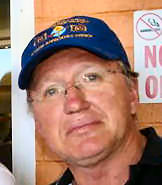
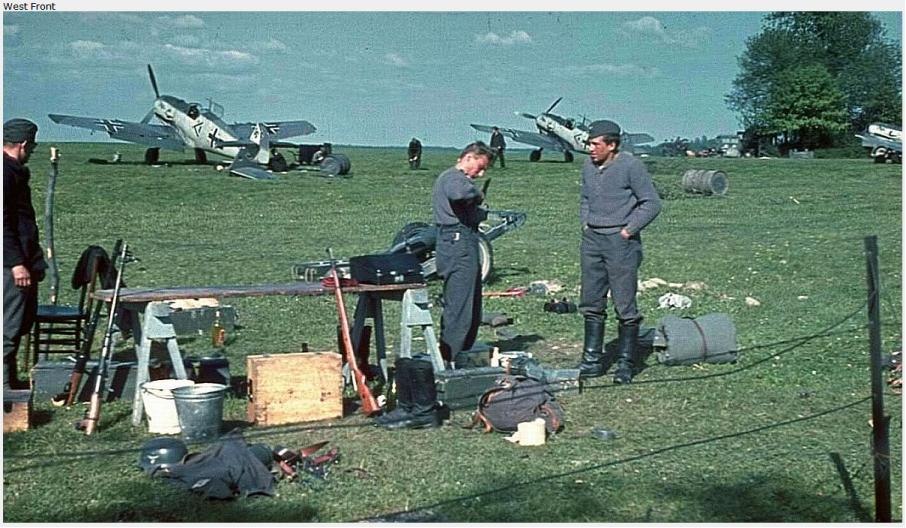
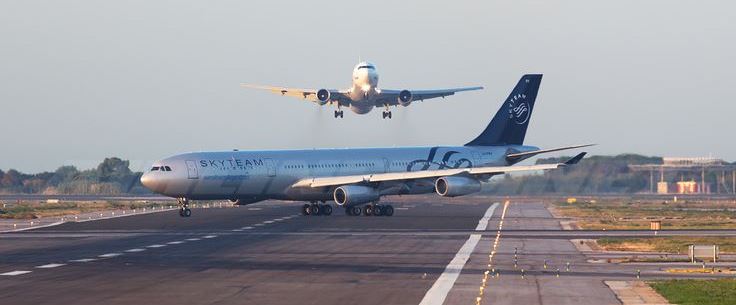 t altitude.
t altitude. For pilots, executing a go-around is very straightforward, but also quite
work-intensive. The first step is advancing the power to go-around thrust,
retracting flaps and slats to an intermediate position, and rotating to a
target pitch, somewhere around 15 degrees nose-up. Once a climb is
established, the landing gear is raised. Flaps and slats are then retracted,
followed by additional power and pitch adjustments. Once at level-off, the
Flight Management System (FMS) may need to be reprogrammed, the autoflight
components reset, checklists run, the weather checked, and so on. All of
this while taking instructions from air traffic control. There’s lots of
talking and a rapid succession of tasks. This is one of the reasons you
might not hear from the pilots for several minutes.
For pilots, executing a go-around is very straightforward, but also quite
work-intensive. The first step is advancing the power to go-around thrust,
retracting flaps and slats to an intermediate position, and rotating to a
target pitch, somewhere around 15 degrees nose-up. Once a climb is
established, the landing gear is raised. Flaps and slats are then retracted,
followed by additional power and pitch adjustments. Once at level-off, the
Flight Management System (FMS) may need to be reprogrammed, the autoflight
components reset, checklists run, the weather checked, and so on. All of
this while taking instructions from air traffic control. There’s lots of
talking and a rapid succession of tasks. This is one of the reasons you
might not hear from the pilots for several minutes.